It’s well known that Monks, like Barbarians, don’t have access to traditional spells outside of multiclassing into a spellcasting class.
However, what if you decide to multiclass into a spellcasting class and want to use spells along with monastic abilities?
If so, you’ll need to look out for the spells below and add them to whatever type of Monk build you’re building combined with your newly found spellcasting power!
Contents
- Best Monk Spells 5e
- 20. Holy Weapon (5th-level Evocation)
- 19. Divine Favor (1st-level Evocation)
- 18. Ashardalon’s Stride (3rd-level Transmutation)
- 17. Longstrider (1st-level Transmutation)
- 16. Spirit Shroud (3rd-level Necromancy)
- 15. Command (1st-level Enchantment)
- 14. Mage Armor (1st-level Abjuration)
- 13. Enhance Ability (2nd-level Transmutation)
- 12. Zephyr Strike (1st-level Transmutation)
- 11. Blur (2nd-level Illusion)
- 10. Haste (3rd-level Transmutation)
- 9. Counterspell (3rd-level Abjuration)
- 8. Mirror Image (2nd-level Illusion)
- 7. Bless (1st-level Enchantment)
- 6. Bane (1st-level Enchantment)
- 5. Hex (1st-level Enchantment)
- 4. Absorb Elements (1st-level Abjuration)
- 3. Shield (1st-level Abjuration)
- 2. Find Familiar (1st-level Conjuration [Ritual])
- 1. Silvery Barbs (1st-level Enchantment)
- Final Thoughts
Best Monk Spells 5e
20. Holy Weapon (5th-level Evocation)
Casting Time: 1 Bonus action
Range: Touch
Components: V, S
Duration: Concentration, up to 1 hour
Imbue a weapon you touch with holy power, dealing 2d8 Radiant damage on hit and lasting up to 1 hour.
Having bonus damage on weapon attacks is perfect for Monks fighting with martial weapons.
So when Holy Weapon is combined with Flurry of Blows, Holy Weapon does a considerable amount of extra damage on top of the weapon’s initial damage.
The main issue with Holy Weapon is its 5th-level spell slot, which will be a pain to get your hands on.
Note: Handwraps or similar items count as weapons and will use the effects of Holy Weapon.
19. Divine Favor (1st-level Evocation)
Casting Time: 1 Bonus action
Range: Self
Components: V, S
Duration: Concentration, up to 1 minute
Divine Favor’s prayer empowers you with divine radiance, making your weapon attacks deal an extra 1d4 Radiant damage.
It’s worth casting if you know combat will last longer than a handful of rounds, and if used on handwraps or similar items, you can use it with Flurry of Blows.
Just watch out for the Concentration, as it may pose a problem when combined with other spells.
18. Ashardalon’s Stride (3rd-level Transmutation)
Casting Time: 1 Bonus action
Range: Self
Components: V, S
Duration: Concentration, up to 1 minute
The flames of a roaring dragon blast from your feet, granting you destructive speed (+20ft).
Gaining 20 feet of movement speed, along with never being affected by Attacks of Opportunity and even doing damage to creatures that come close to your flames, is a massive plus.
You’ll be prancing around the battlefield, dealing damage to all those who even try to come close to you, and if they do, you’ll just Dash away or give them a knuckle sandwich.
17. Longstrider (1st-level Transmutation)
Casting Time: 1 Action
Range: Touch
Components: V, S, M (one pinch of dirt)
Duration: 1 Hour
Touching a creature increases its speed by 10 feet for 1 hour.
Even though Longstrider doesn’t have the buffs and amount of movement speed added compared to Zephyr Strike and Ashardalon’s Stride, the spell lasts considerably longer and doesn’t need Concentration.
That means you can use it with other buffing spells to get even more out of your Concentration and the duration of Longstrider.
16. Spirit Shroud (3rd-level Necromancy)
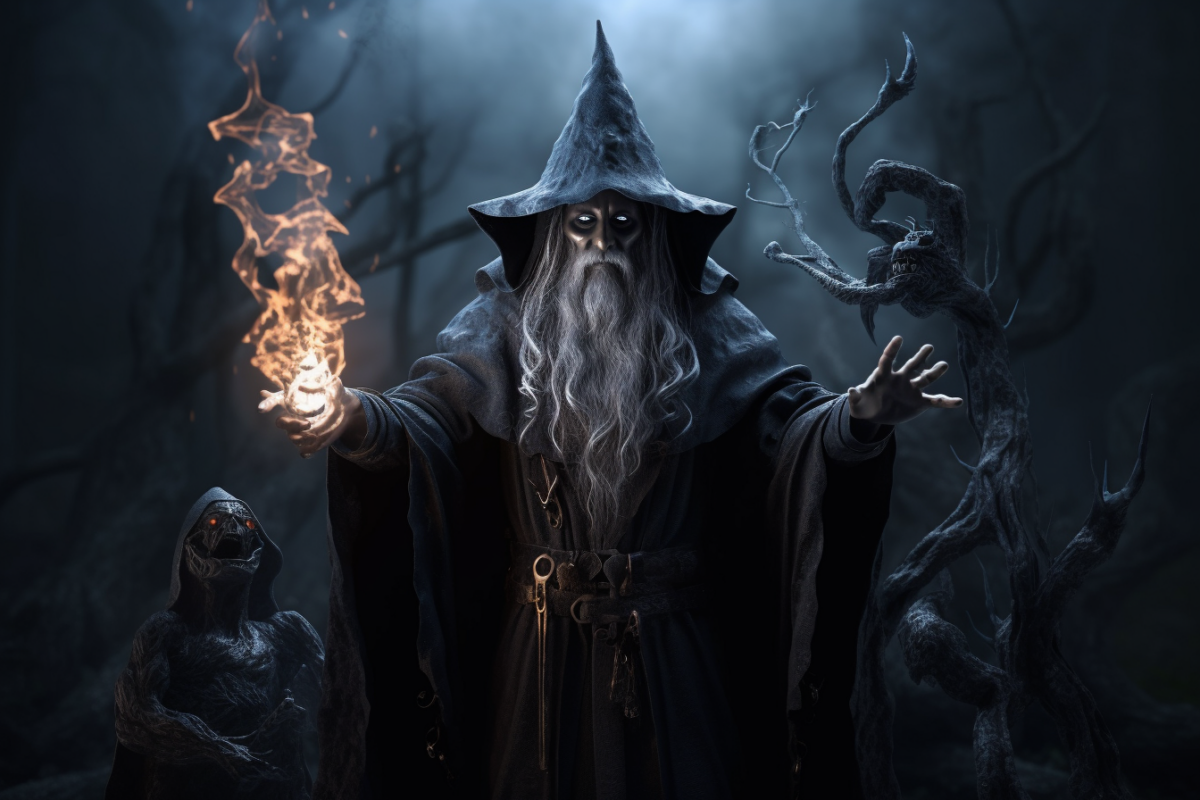
Casting Time: 1 Bonus action
Range: Self
Components: V, S
Duration: Concentration, up to 1 minute
Call the spirits of the dead, empowering your attacks with 1d8 (Radiant, Necrotic, or Cold) damage, and the creature also can’t regain HP until its next turn.
Much like Holy Weapon, Spirit Shroud adds damage to your attacks, but one significant addition is the choice you make between Radiant, Necrotic, or Cold damage, allowing you to adapt to the creatures you fight.
It also works well with the Flurry of Blows Ki, so be sure to pay attention to it.
15. Command (1st-level Enchantment)
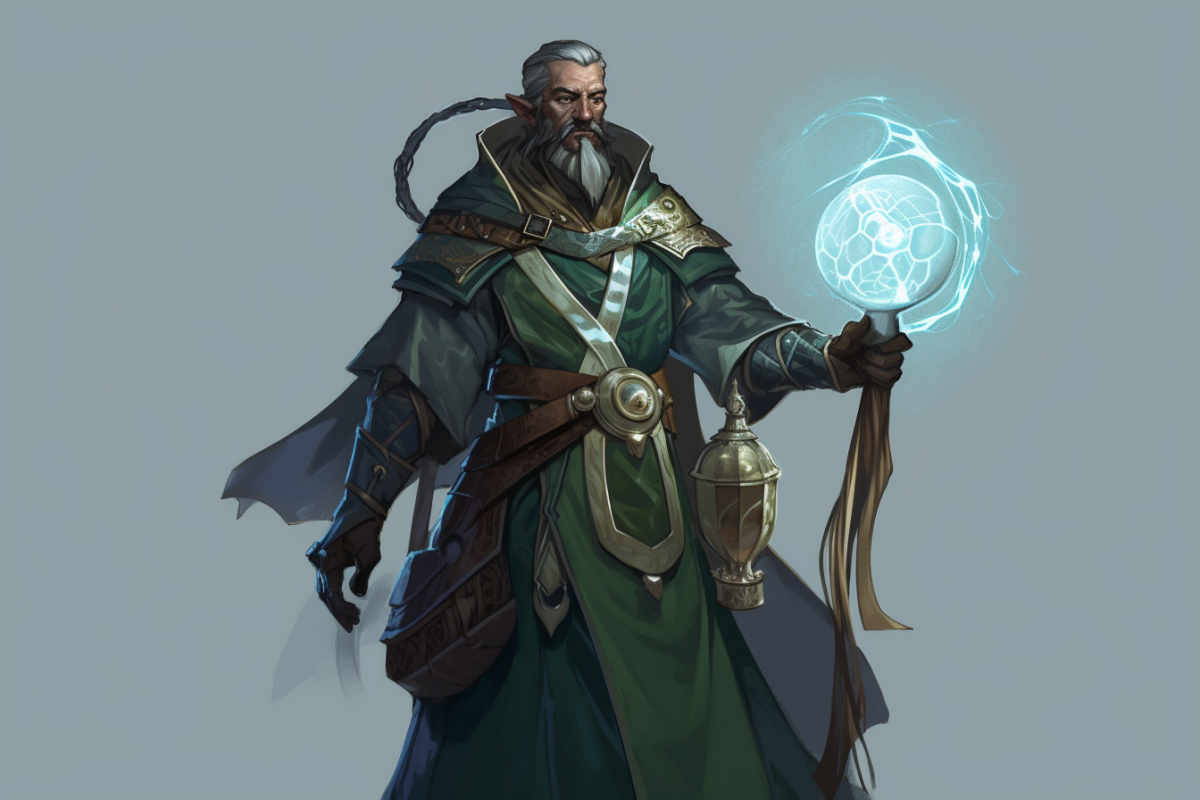
Casting Time: 1 Action
Range: 60 feet
Components: V
Duration: 1 Round
Speak a one-word command to a visible creature within 60 feet of you, choosing one of the pre-described commands or coming up with your own.
If you want a fair fight or need a creature to drop its weapons, just give it a one-word command like “Fistifcuffs” and see how quickly the tables turn to your advantage.
You’ll have to be quite creative with Command, so don’t get too tied up and start commanding some enemies to see what works best!
14. Mage Armor (1st-level Abjuration)
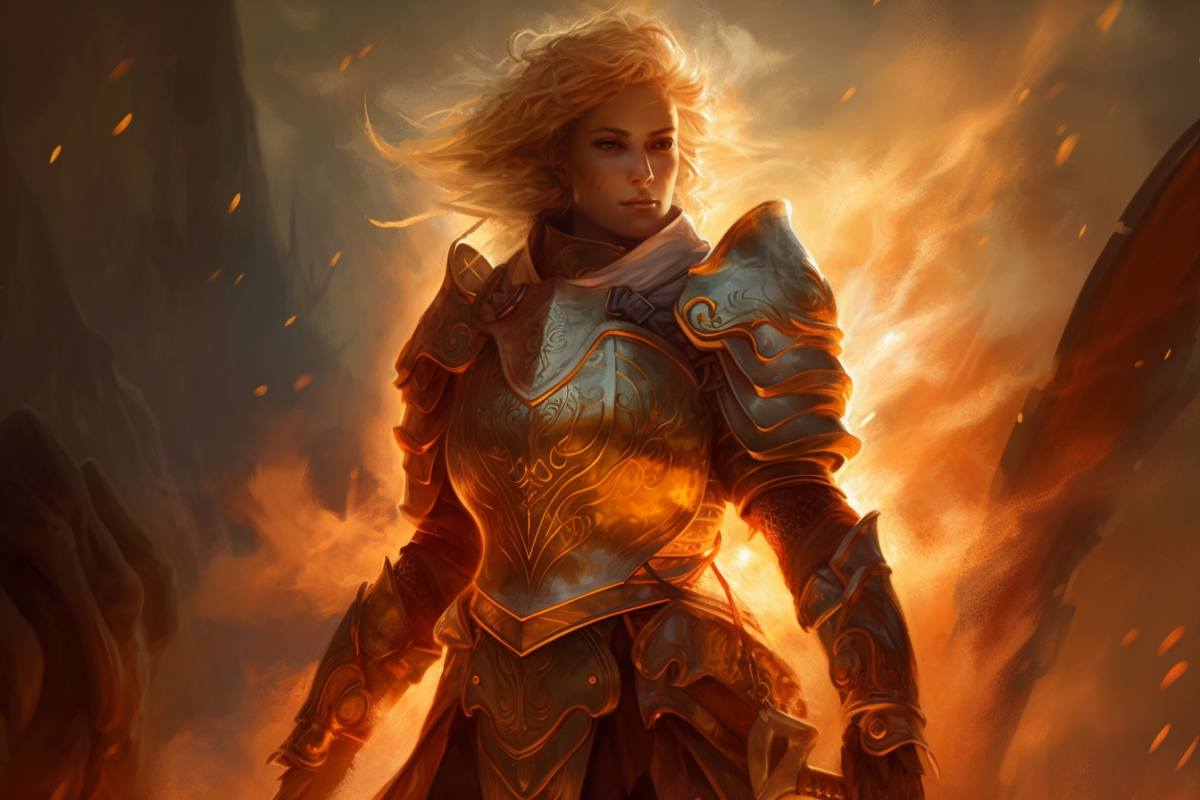
Casting Time: 1 Action
Range: Touch
Components: V, S, M (one piece of cured leather)
Duration: 8 Hours
Touch an unarmored creature, protecting it with magic and increasing its base AC to 13 + its Dexterity modifier.
Mage Armor shouldn’t be considered a long-term option, but it remains an option for lower-level Monks who don’t have enough Dexterity and Wisdom for Unarmored Defense.
So, if you’re multiclassing into a class that can switch out spells or using the Eldritch Adept feat to change Invocations on level up, you can consider Mage Armor a nice early-game boost.
13. Enhance Ability (2nd-level Transmutation)
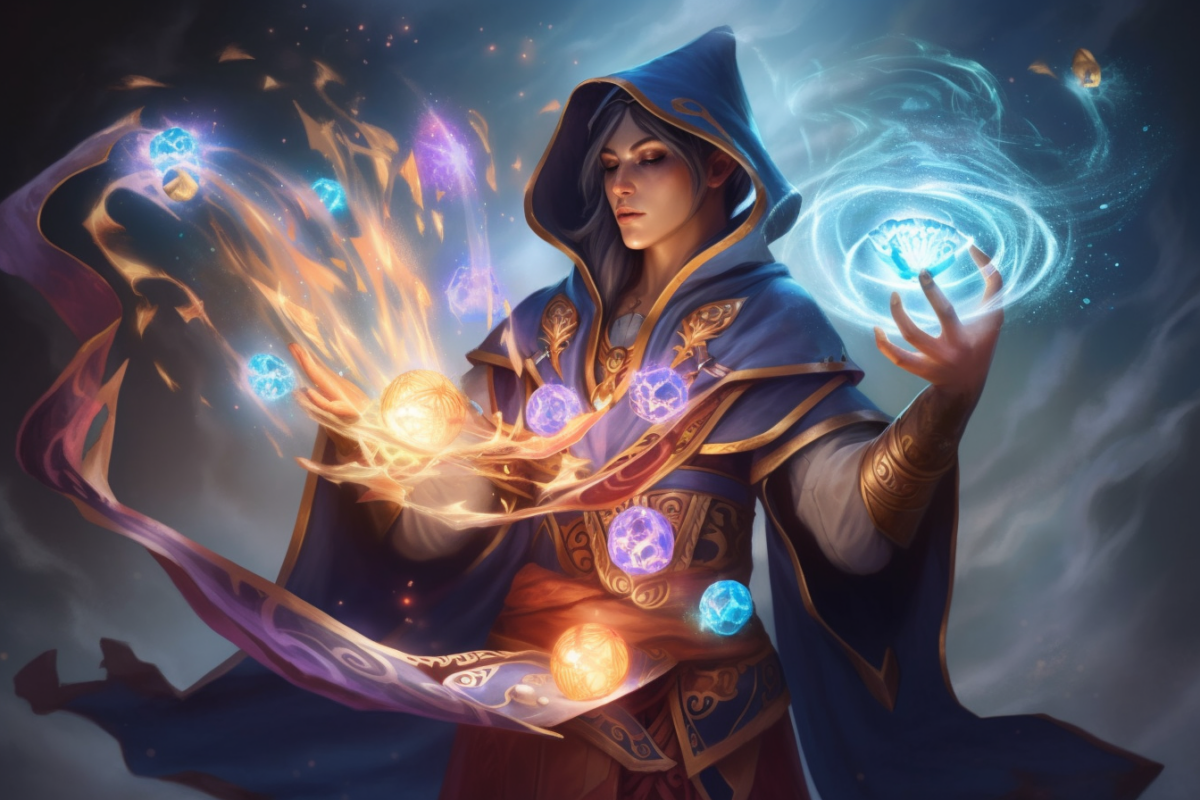
Casting Time: 1 Action
Range: Touch
Components: V, S, M (a feather or fur from a beast)
Duration: Concentration, up to 1 hour
Touching a creature bestows it with a magical enchantment, one of the six effects.
Enhance Ability is a bit situational, but because it features a wide variety of buffs, it can help a Monk who wants to be prepared for anything.
However, one clear advantage is that it also affects grappling, which you can benefit from in many battles.
12. Zephyr Strike (1st-level Transmutation)
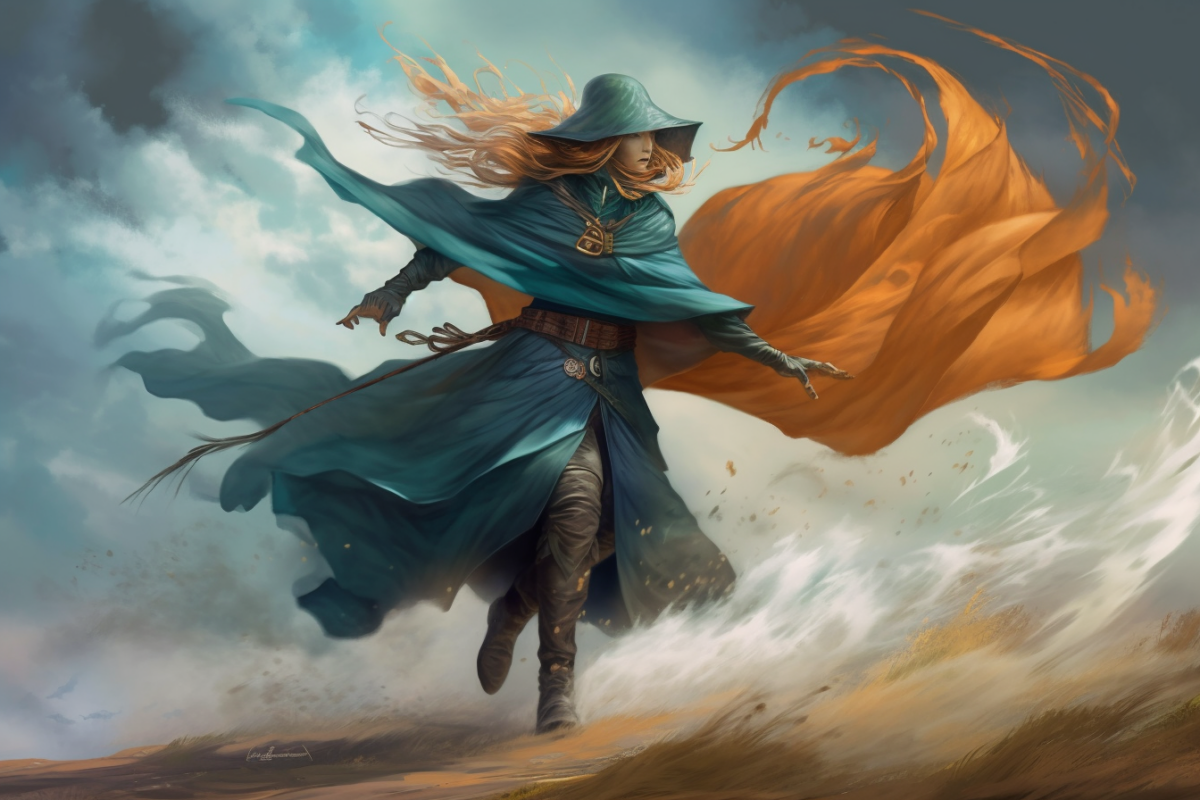
Casting Time: 1 Bonus action
Range: Self
Components: V
Duration: Concentration, up to 1 minute
Your movement doesn’t provoke opportunity attacks, and once, you may give yourself advantage on a weapon attack, dealing an extra 1d8 Force damage and increasing your walking speed by 30ft.
Zephyr Strike not only gives you quite a bit of extra damage added to your weapon attack, but the added speed makes it easy to disengage and keep your Concentration up.
It can even work well with other non-Concentration spells to deal bonus damage and then use the added movement speed to disengage.
Note: You can’t use a disengage and attack action on the same turn, but the added movement gives you many options for attack or retreat.
11. Blur (2nd-level Illusion)
Casting Time: 1 Action
Range: Self
Components: V
Duration: Concentration, up to 1 minute
Become physically blurred, disadvantaging attack rolls from any creature with blindsight or an ability similar to truesight.
Even though Blur uses Concentration, the fact that it forces disadvantage on all creatures is a massive plus, considering that many spells only disadvantage a handful of creatures.
You’ll just have to avoid getting hit entirely, as one hit will end Concentration, but with its disadvantage and high AC, it’ll be pretty difficult for enemies to land hits.
10. Haste (3rd-level Transmutation)
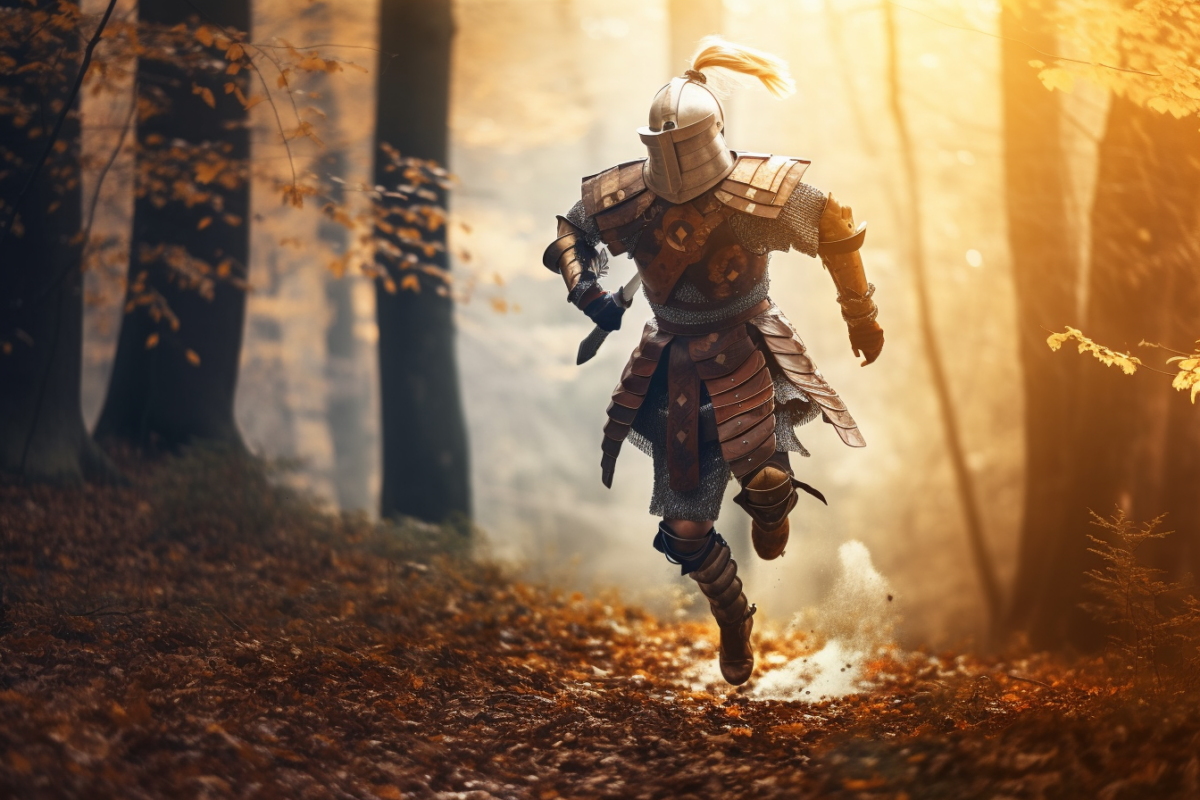
Casting Time: 1 Action
Range: 30 feet
Components: V, S, M (one shaving of licorice root)
Duration: Concentration, up to 1 minute
Choose a willing, visible creature within 30 feet, doubling its speed, giving it +2 to AC, advantage on Dexterity saves, and gaining an additional action on each turn.
Haste brings a lot to the table. Unfortunately, it can also be taken away easily due to Concentration.
Hence, Haste shouldn’t be used with low AC or base weapon damage. The best time to use it would be when you’re already buffed and have higher damage on whatever weapon you’re using.
Also, take into consideration that Haste is a 3rd-level spell, and the action you use to cast it is extremely valuable for a Monk. So be sure to carefully analyze your situation before just “hastily” casting Haste.
9. Counterspell (3rd-level Abjuration)
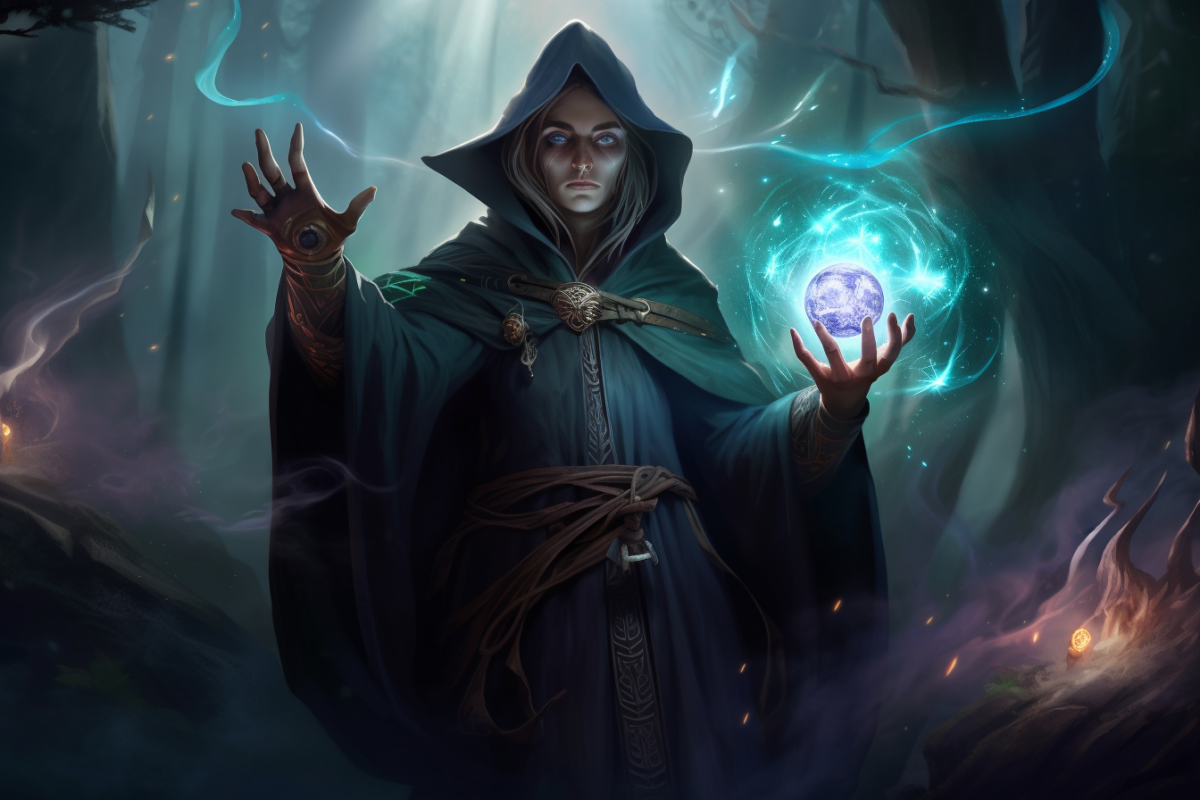
Casting Time: 1 Reaction, taken when a visible creature within 60 feet of you is casting a spell
Range: 60 feet
Components: S
Duration: Instantaneous
You may attempt to interrupt the process of casting a spell for one creature (the spell must be of 3rd-level or lower if the base spell slot is used).
You aren’t proficient in all ability checks, so if a spell requires you to make Wisdom checks or other ability checks that you generally have less of at the start and midgame, be sure to have Counterspell ready.
Even though it doesn’t offer much, trading a reaction and a 3rd-level spell slot is better than taking a ton of damage or being affected by a powerful debuff.
8. Mirror Image (2nd-level Illusion)
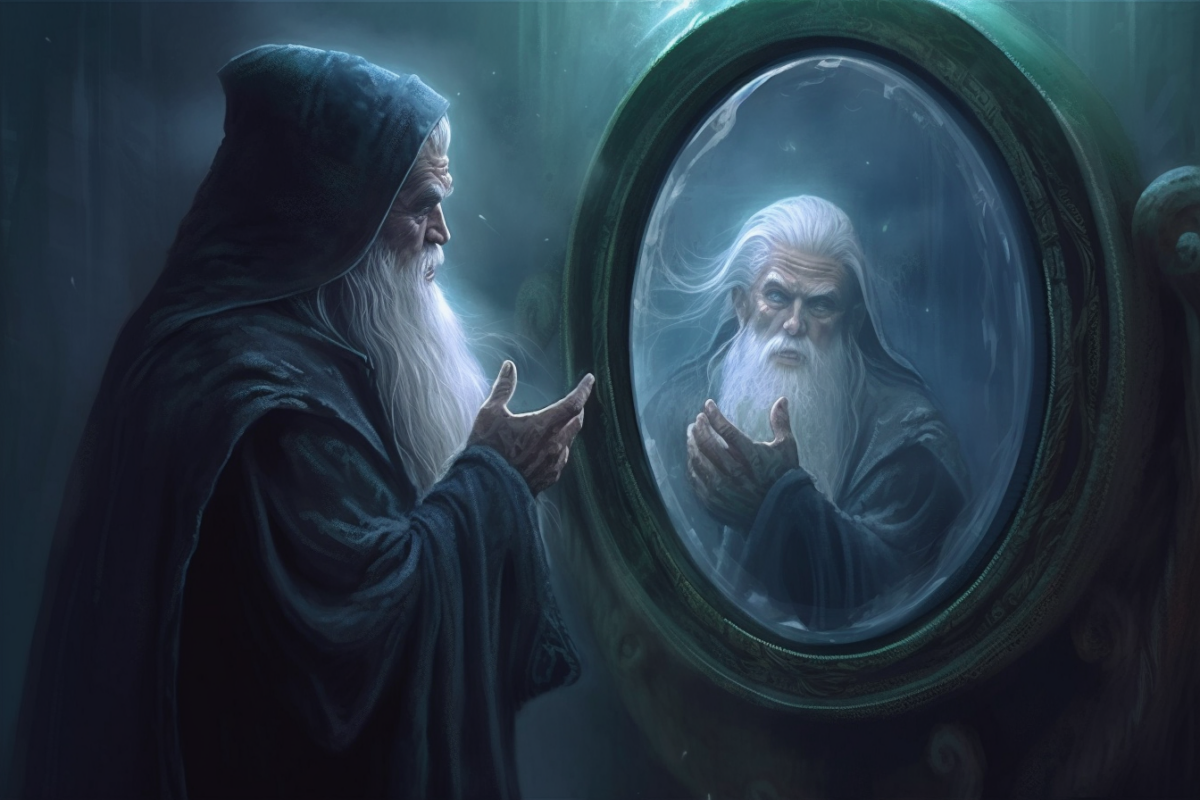
Casting Time: 1 Action
Range: Self
Components: V, S
Duration: 1 Minute
Spawn three illusory duplicates of yourself, each illusion mimicking your actions, constantly shifting positions and making it nearly impossible to track the real image.
Mirror Image will be used to waste the actions, specifically attack actions, of enemies and make it more difficult for them to target you and indirectly increase your defenses.
Using an action and a 2nd-level spell slot to spawn three dummies who basically protect you without being commanded is wonderful, and having the enemy waste their attacks is the cherry on top.
7. Bless (1st-level Enchantment)
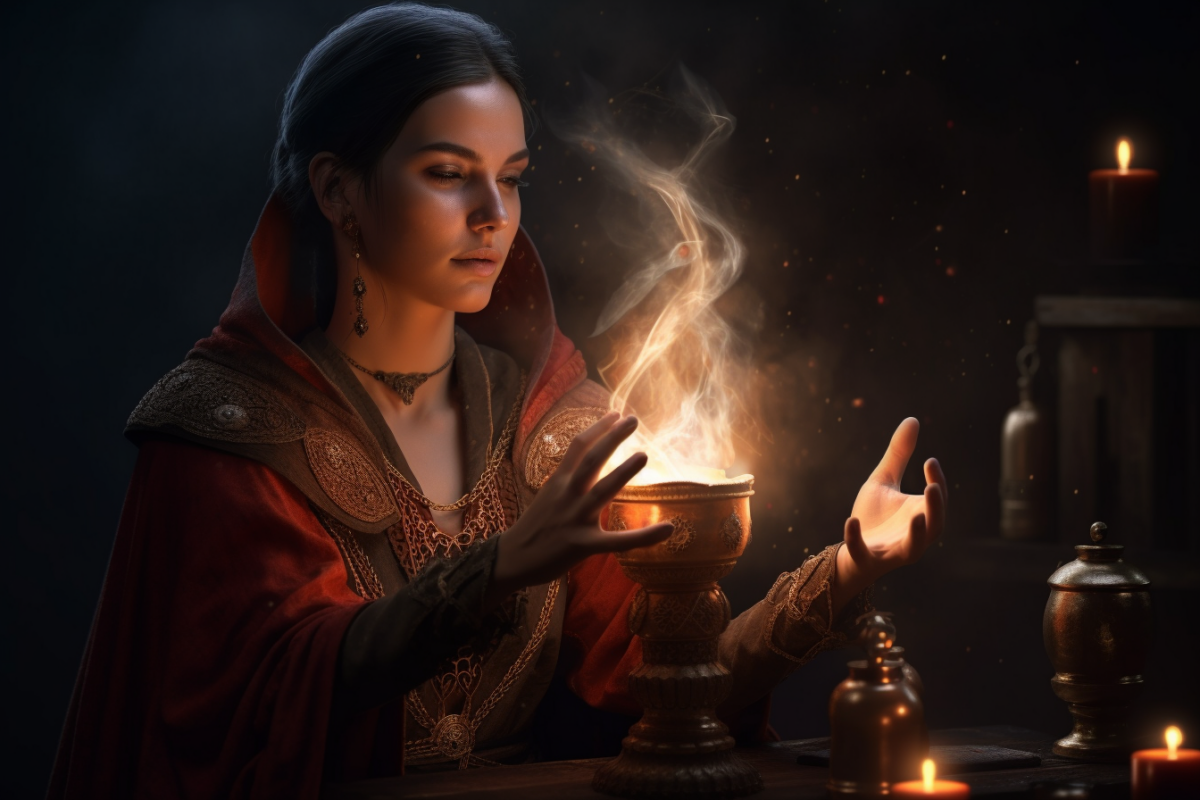
Casting Time: 1 Action
Range: 30 feet
Components: V, S, M (one sprinkling of holy water)
Duration: Concentration, up to 1 minute
Affected targets (up to 3) may add an additional d4 roll onto an attack roll or saving throw they rolled.
For such a simple 1st-level spell, Bless provides so much value to both defense and offense that it’ll be a waste not to have.
Note: Just watch out for the Concentration!
6. Bane (1st-level Enchantment)
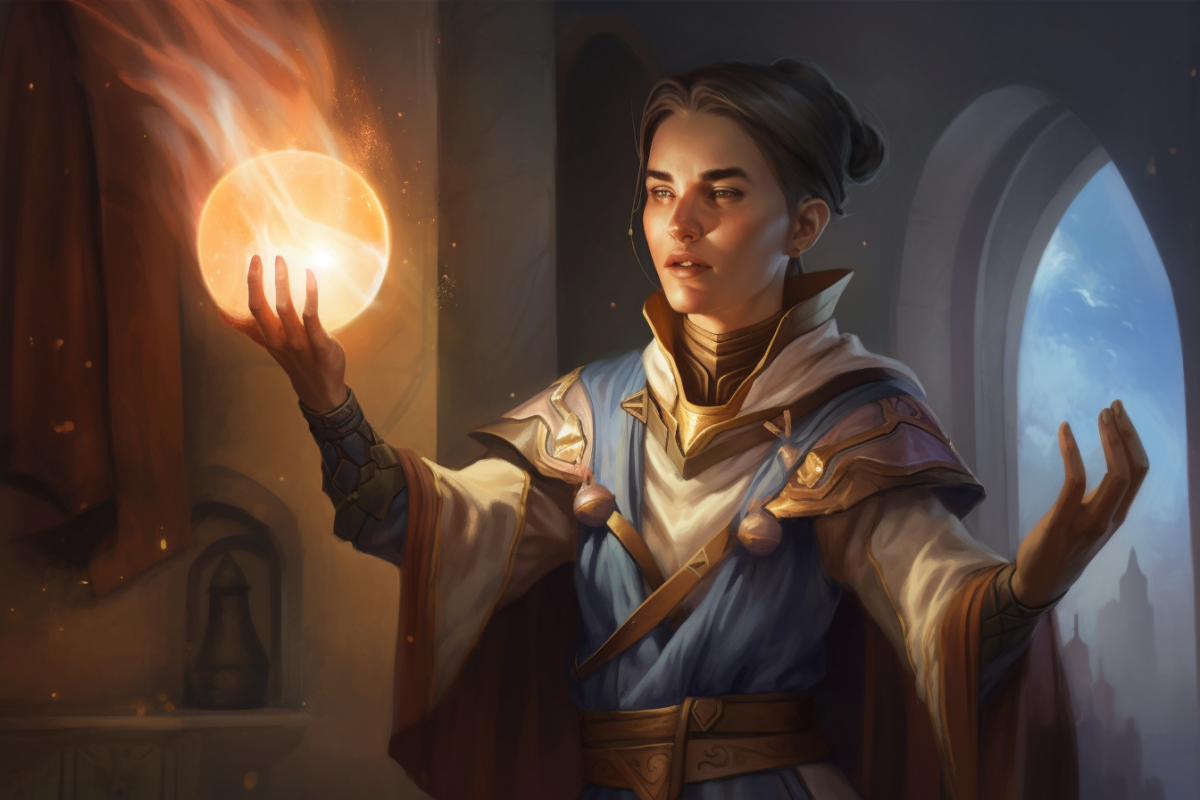
Casting Time: 1 Action
Range: 30 feet
Components: V, S, M (a single drop of blood)
Duration: Concentration, up to 1 minute
Up to three creatures you choose, forcing a Charisma save, and on failing, subtract a d4 from their attack roll or saving throw.
Bane can cause some disparities in your action economy, but it allows you to stun enemies more often with their saves being reduced.
The only issue is that it takes an action, which means you need to think outside the box (talking familiar + Ring of Spell Storing).
5. Hex (1st-level Enchantment)
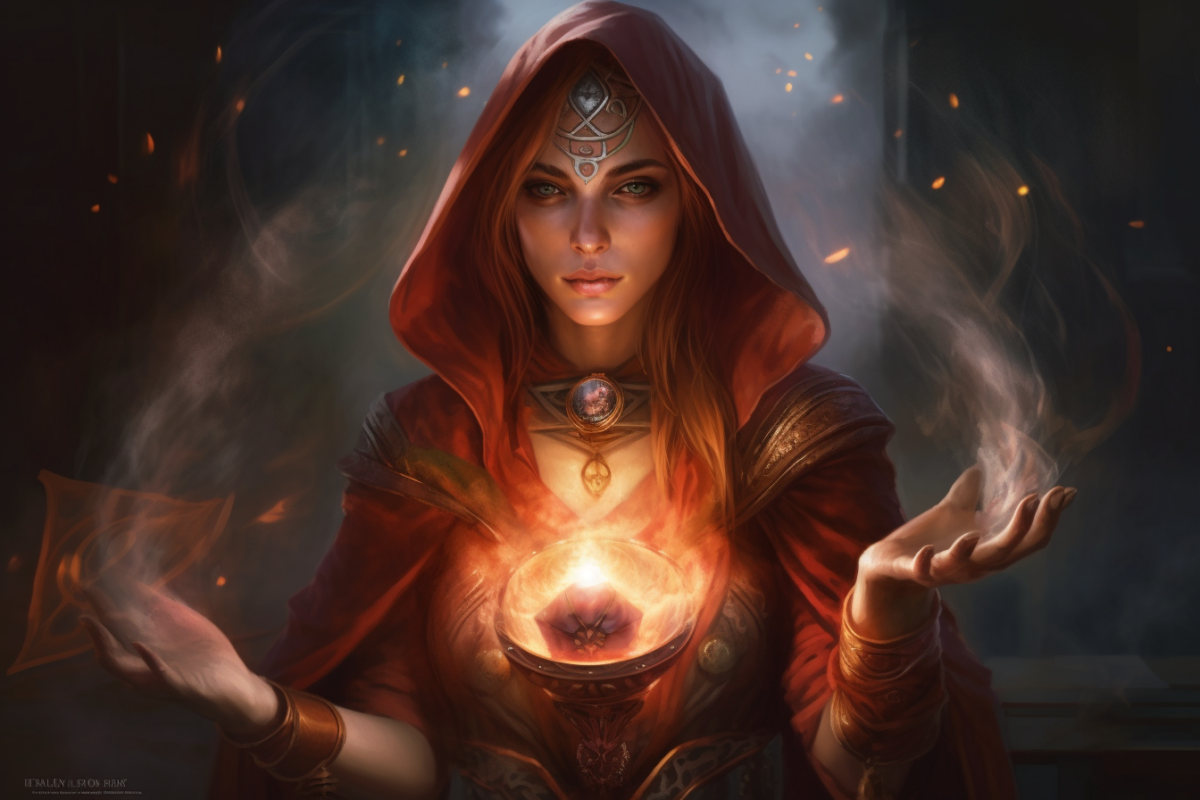
Casting Time: 1 Bonus action
Range: 90 feet
Components: V, S, M (a purified eye of a newt)
Duration: Concentration, up to 1 hour
Place a curse on a visible creature within 90 feet, dealing 1d6 Necrotic damage on each attack that hits; it also has disadvantage on one ability you choose.
When combined with Flurry of Blows, Hex becomes an exceptional spell, and if you want to grapple or avoid being grappled, you can always just put the disadvantage on Strength (Athletics).
Just be careful of the action economy, as Hex does use a bonus action to be moved to a new target when the current target reaches 0 HP.
4. Absorb Elements (1st-level Abjuration)
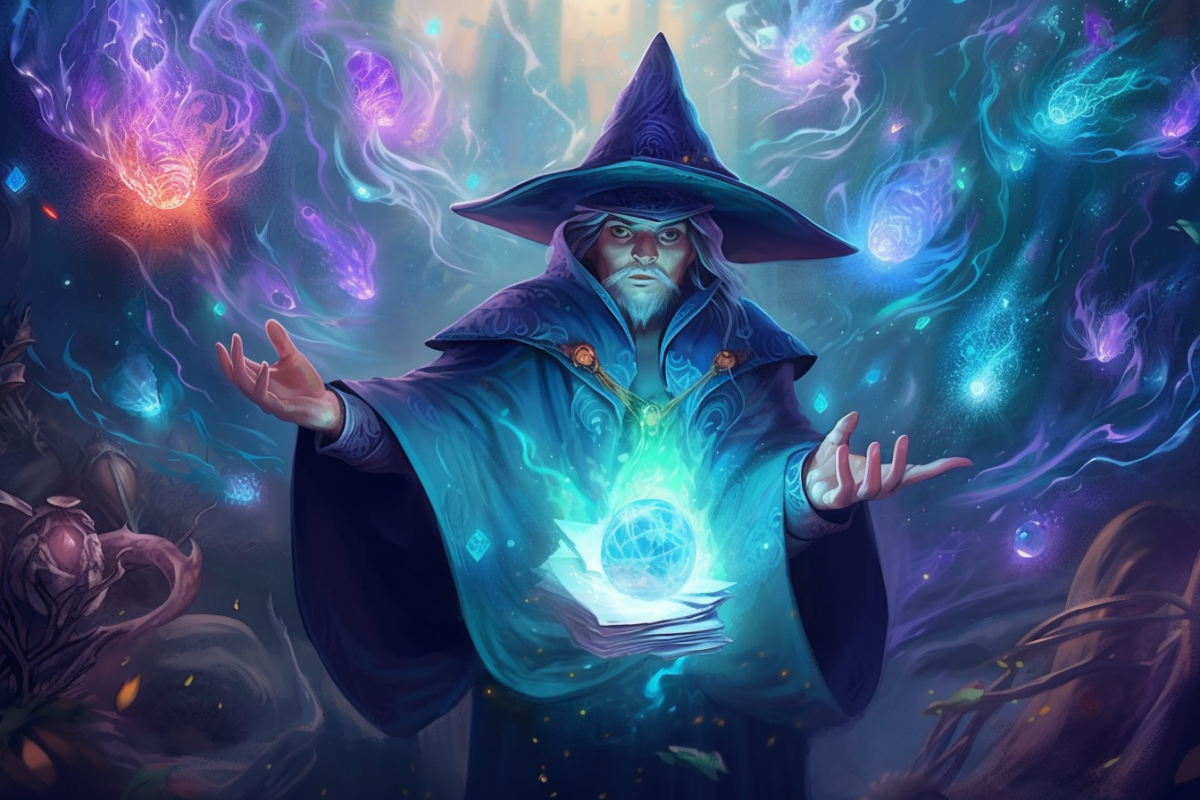
Casting Time: 1 Reaction, taken when you are dealt Acid, Cold, Fire, Lightning, or Thunder damage
Range: Self
Components: S
Duration: 1 Round
Absorb Elements catches some incoming damage, lessening its effects (giving resistance to the damage type) and storing it for your next melee attack (next melee attack deals 1d6 “triggering” type damage).
One of the best reasons for choosing Absorb Elements is the fact that it uses a reaction, which minimizes any issues with the action economy.
It also adds damage to your Flurry of Blows, gives you resistance, and provides initial defense against the triggering damage.
3. Shield (1st-level Abjuration)
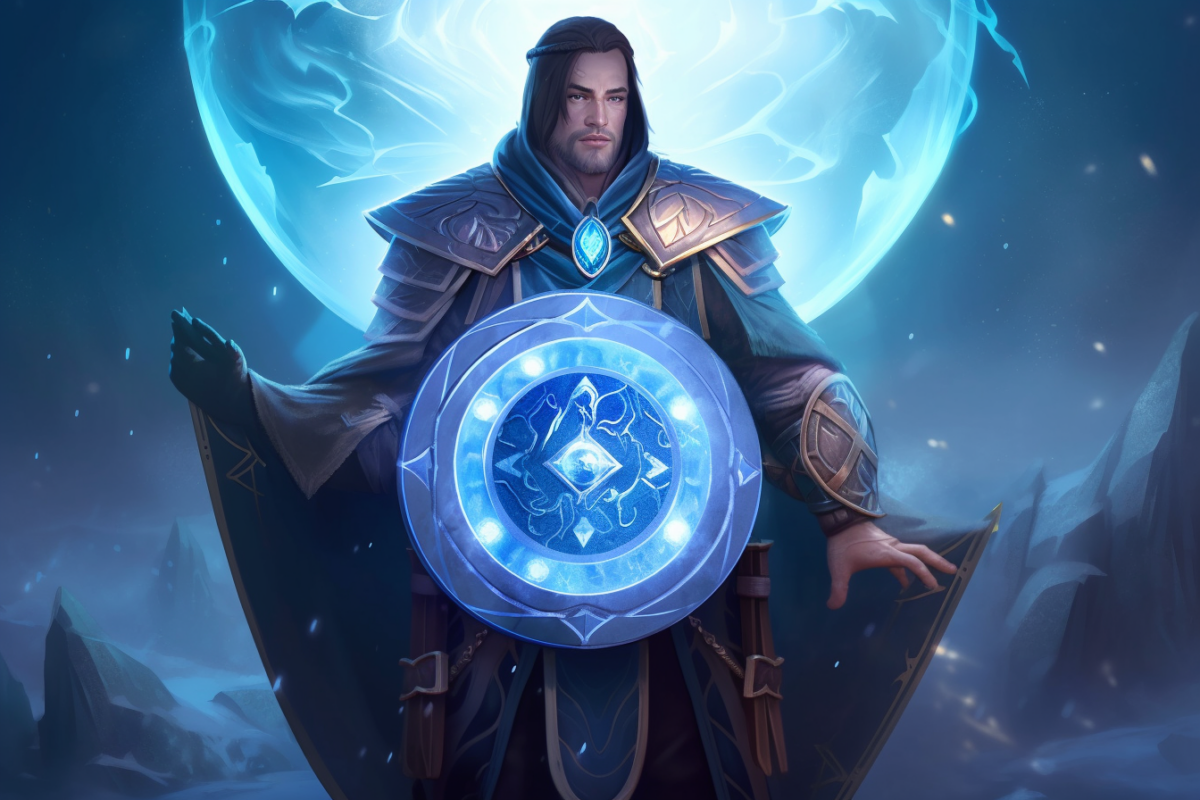
Casting Time: 1 Reaction, taken when hit by an attack or targeted by Magic Missile
Range: Self
Components: V, S
Duration: 1 Round
Gain protection from a magical force, giving you +5 to AC, including the triggering attack (Magic Missile also deals no damage to you).
Getting +5 AC and not having any issues with your action economy isn’t just a blessing; it’s a spell handed to you by the gods.
If you consider using magic on a Monk, Shield is one of your go-to spells, no questions asked.
2. Find Familiar (1st-level Conjuration [Ritual])
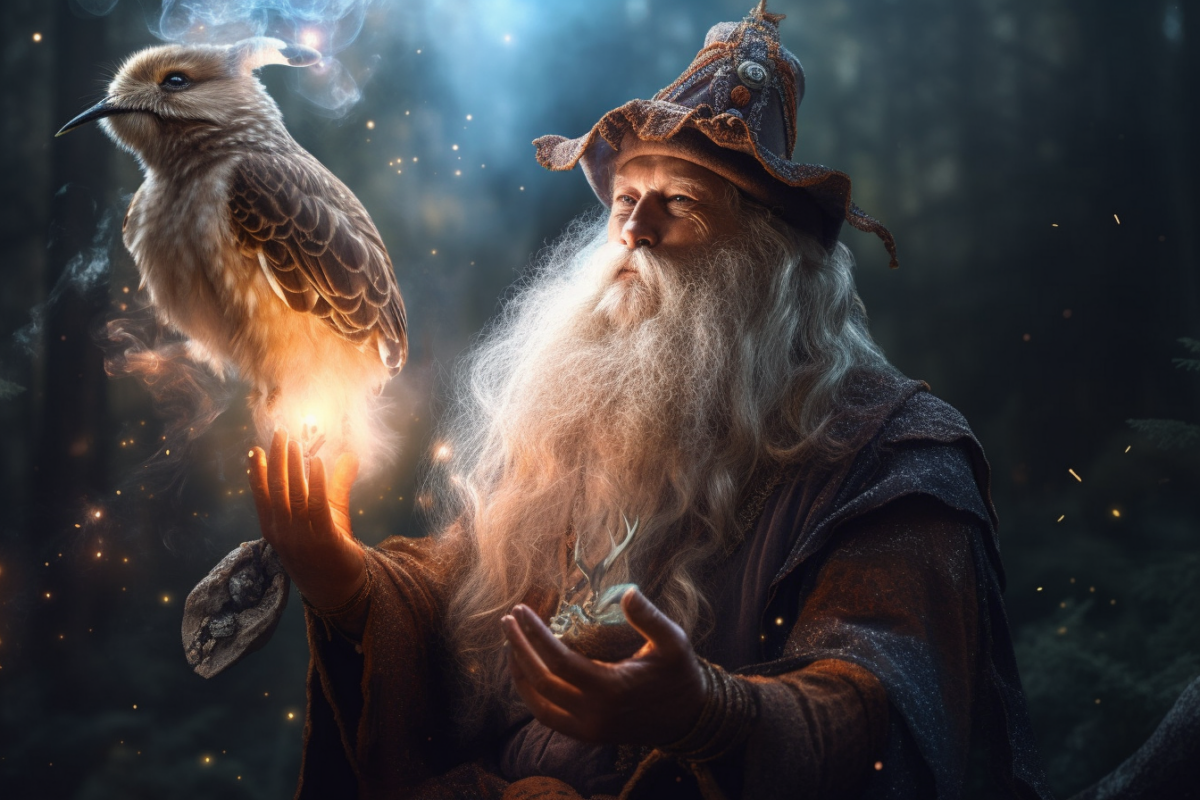
Casting Time: 1 Hour
Range: 10 feet
Components: V, S, M (10 GP worth of herbs, charcoal, and incense that must be consumed by fire in a brass brazier)
Duration: Instantaneous
With Find Familiar, you gain the service of a spirit familiar in the form of an animal you choose.
If you get a familiar like the Owl or Imp, you get a scout and a night-watcher for free.
As I’ve mentioned earlier, you can even get a talking familiar and equip it with a Ring of Spell Storing to cast certain spells.
You’ll also feel less lonely if you have something to keep you company on adventures.
1. Silvery Barbs (1st-level Enchantment)
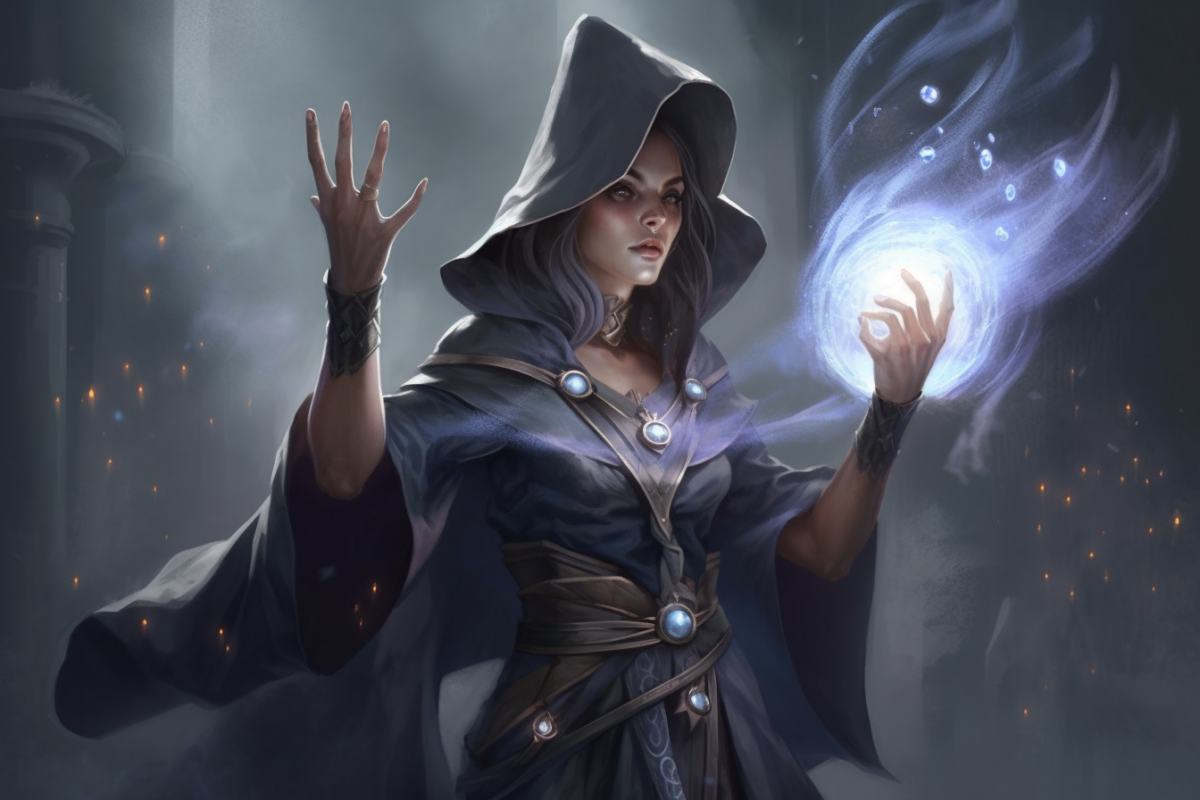
Casting Time: 1 Reaction, taken when a visible creature within 60 feet of you succeeds on an ability check, attack roll, or saving throw.
Range: 60 feet
Components: V
Duration: Instantaneous
Magically distract a creature, forcing it to reroll a d20 and use the lower roll. You also choose a visible creature within 60 feet and give it advantage on the next saving throw, ability check, or attack roll within 1 minute.
If you want enemies to fail your Stunning Strike save, and if you want advantage on basically anything you do without negatively affecting your action economy, then take Silvery Barbs.
Final Thoughts
Most adventurers understand that the Ki powers Monks use are their dumbed-down spells, many acting similarly to already established spells.
However, if you don’t like the limited Ki form of Monks, then you can still pick up specific Monk Ways, feats, or multiclass to cast regular spells.
So, if you plan on becoming a spellcasting Monk, the spells mentioned above will help in your travels!
You might also be interested in the following:

![Top 20 Best Monk Spells in D&D 5e [Ranked]](https://tabletopden.com/wp-content/uploads/2023/09/Best-Monk-Spells-728x410.png)
Top 20 Best Fighter Spells in D&D 5e [Ranked]
Tuesday 2nd of January 2024
[…] Best Monk Spells 5e […]
Top 20 Best Artificer Spells in D&D 5e [Ranked]
Monday 18th of September 2023
[…] Best Monk Spells 5e […]